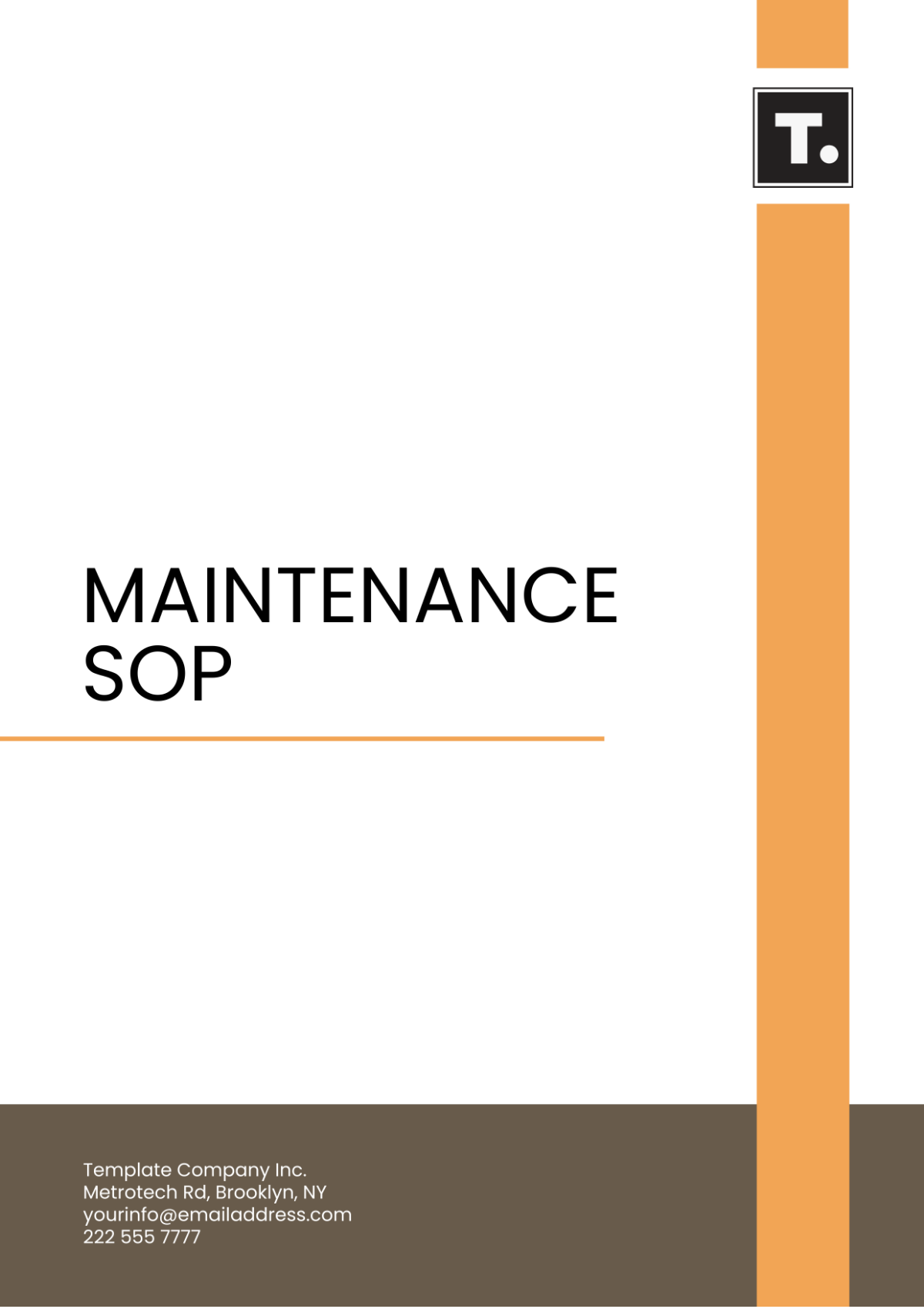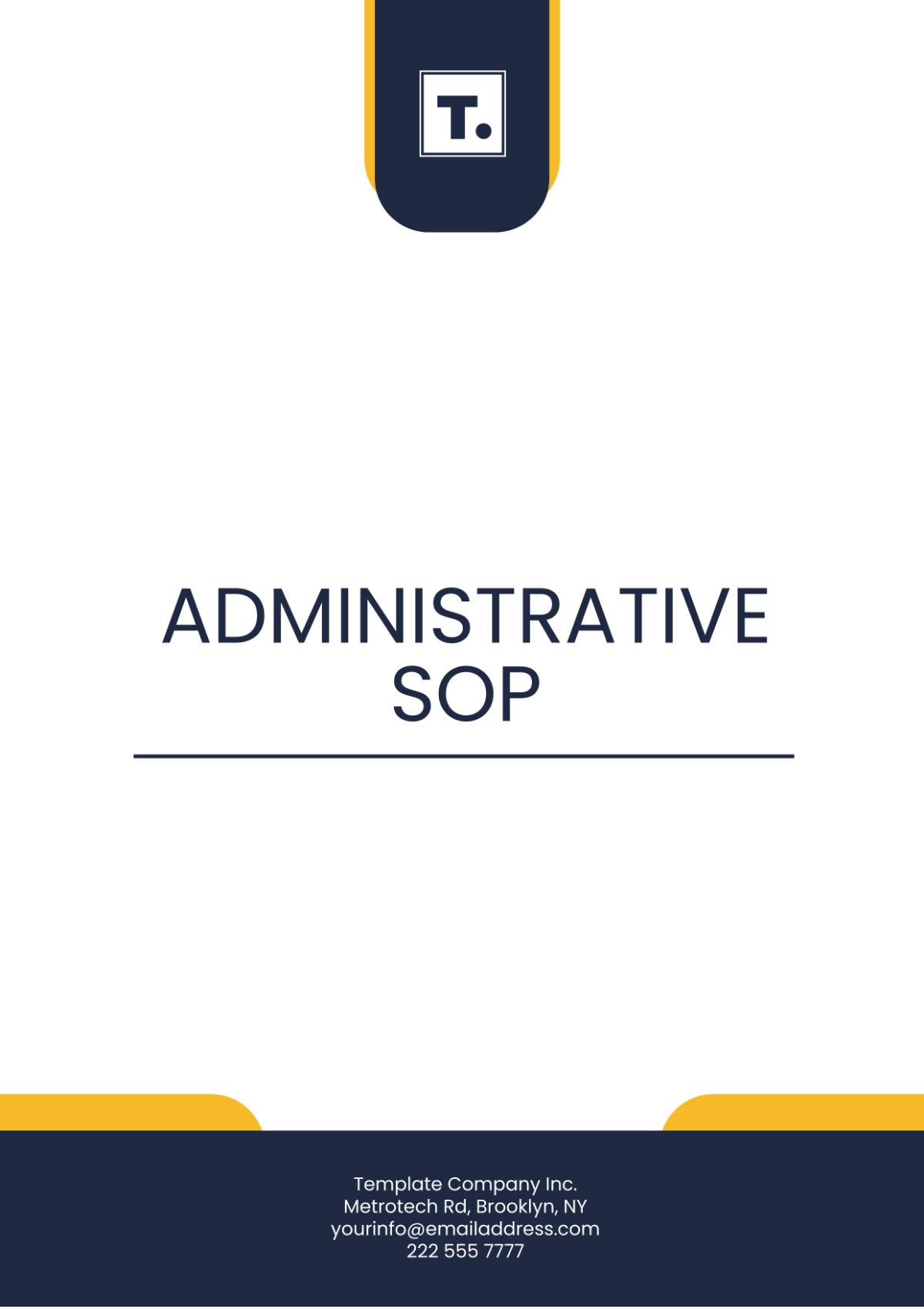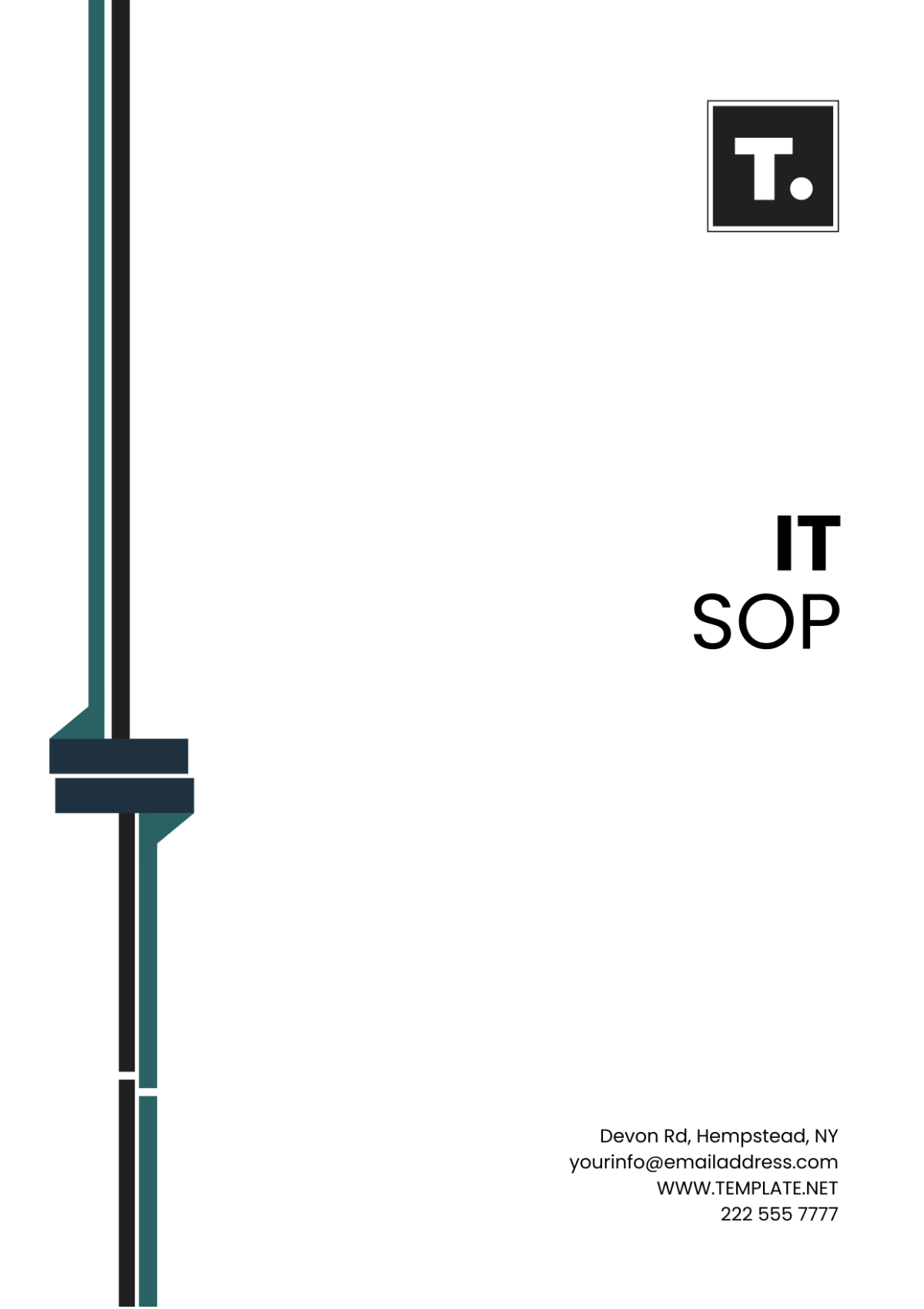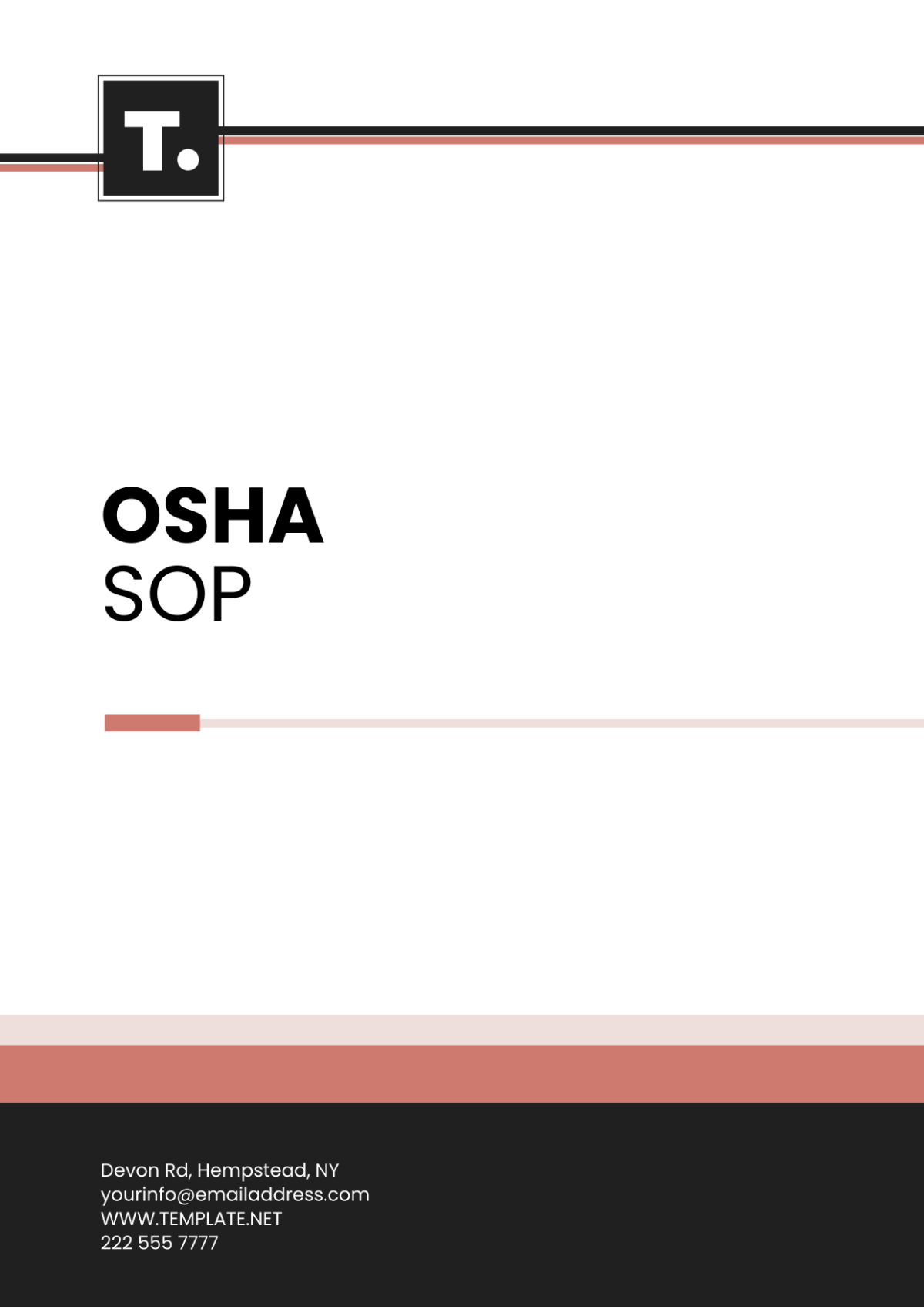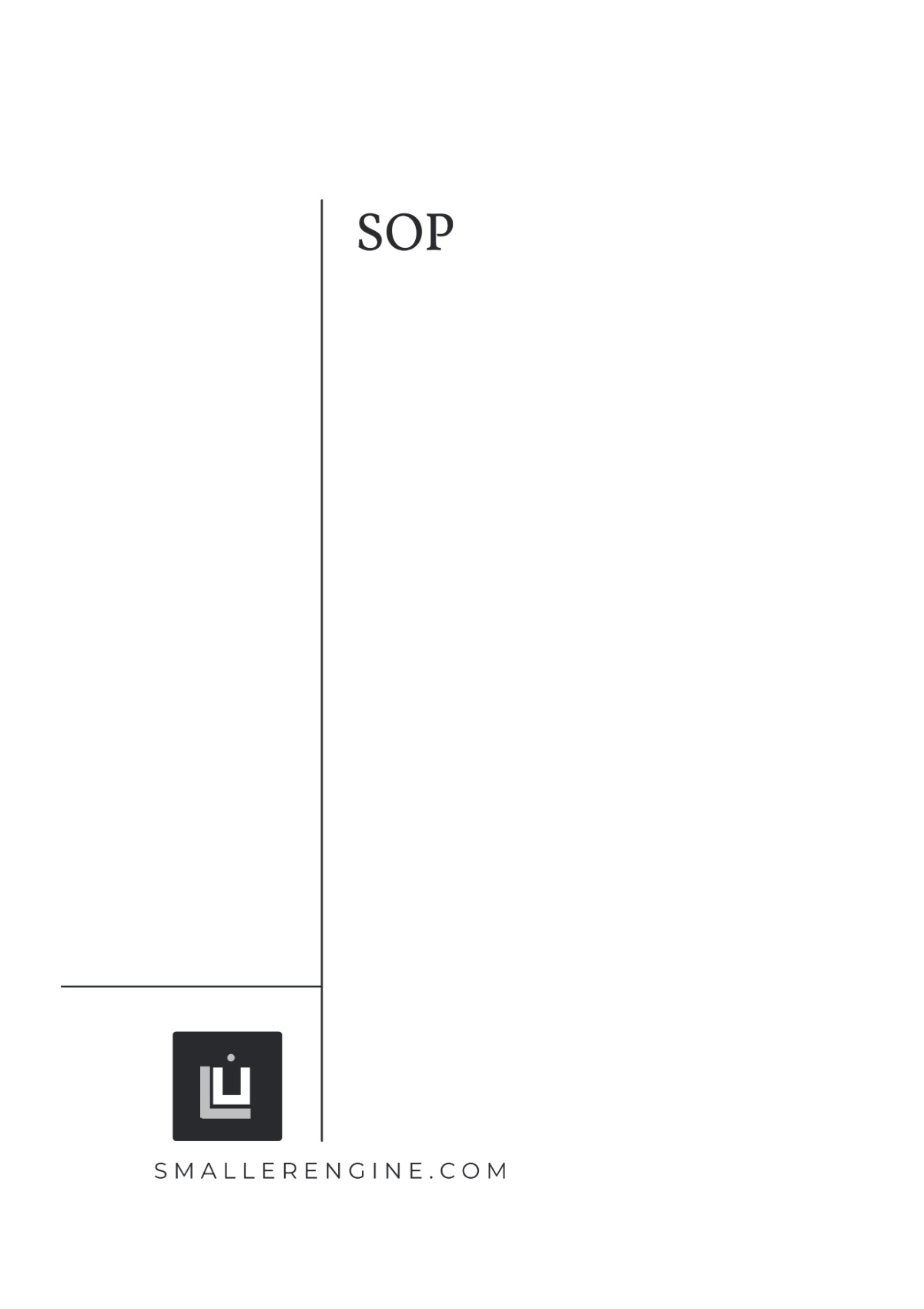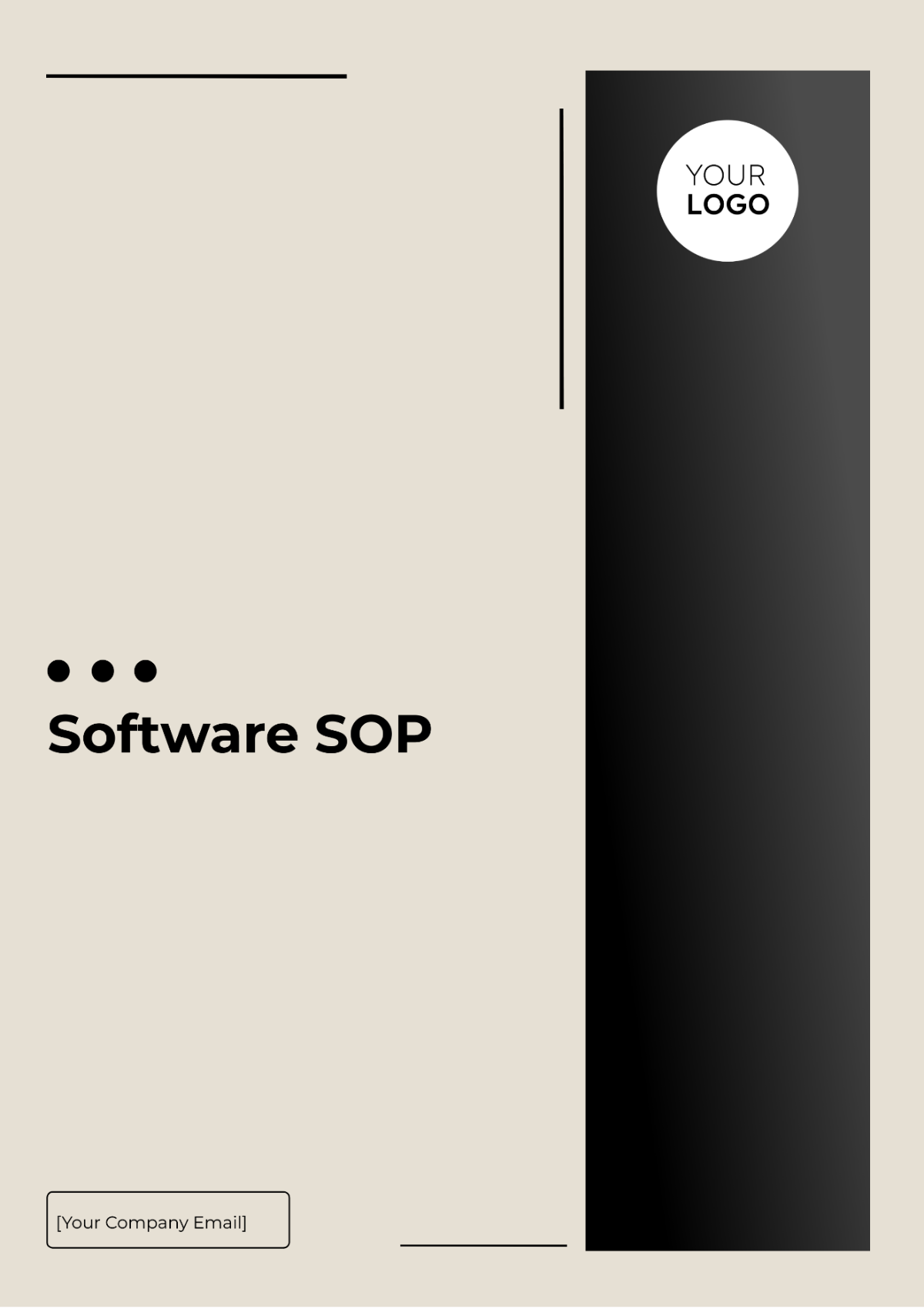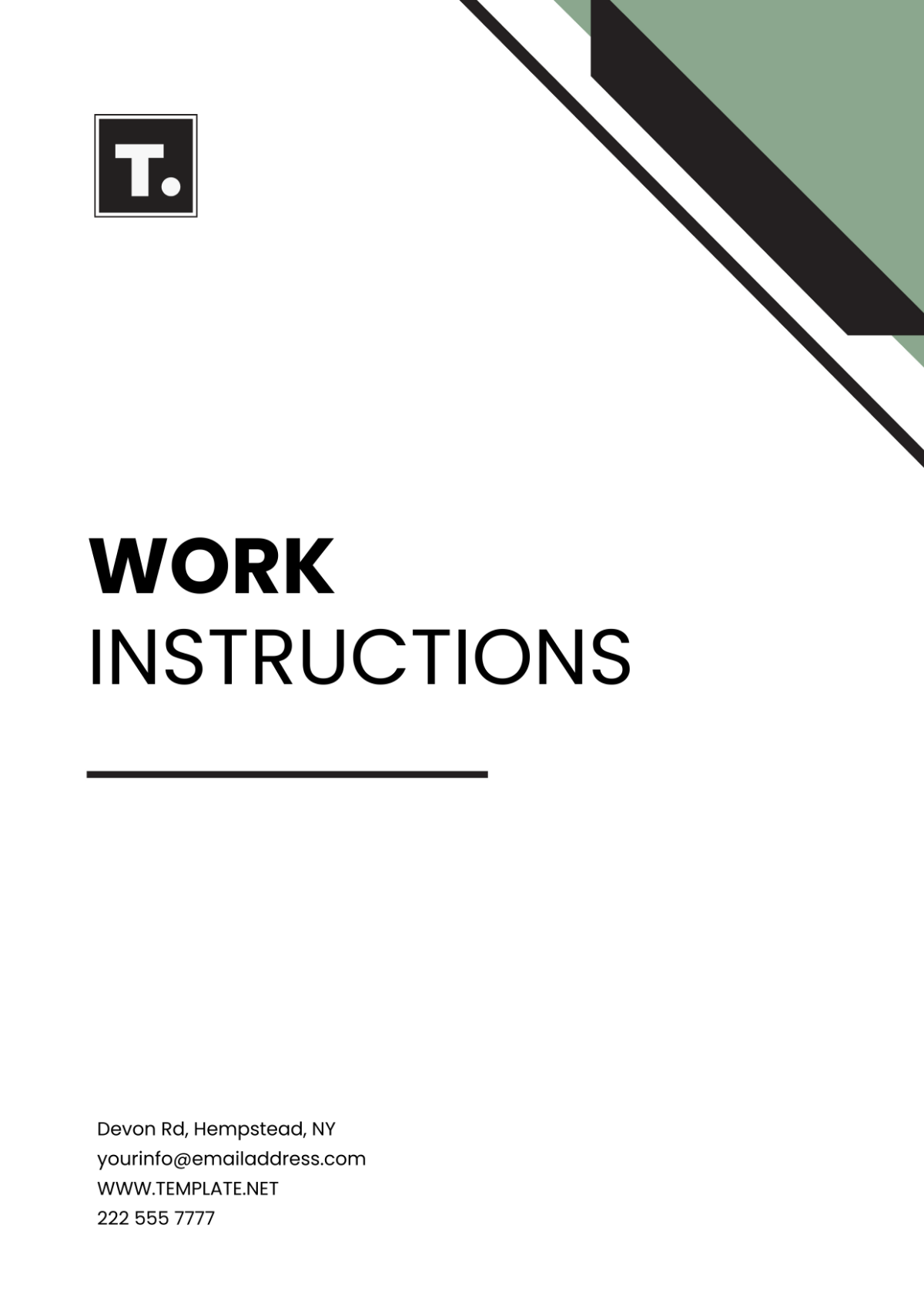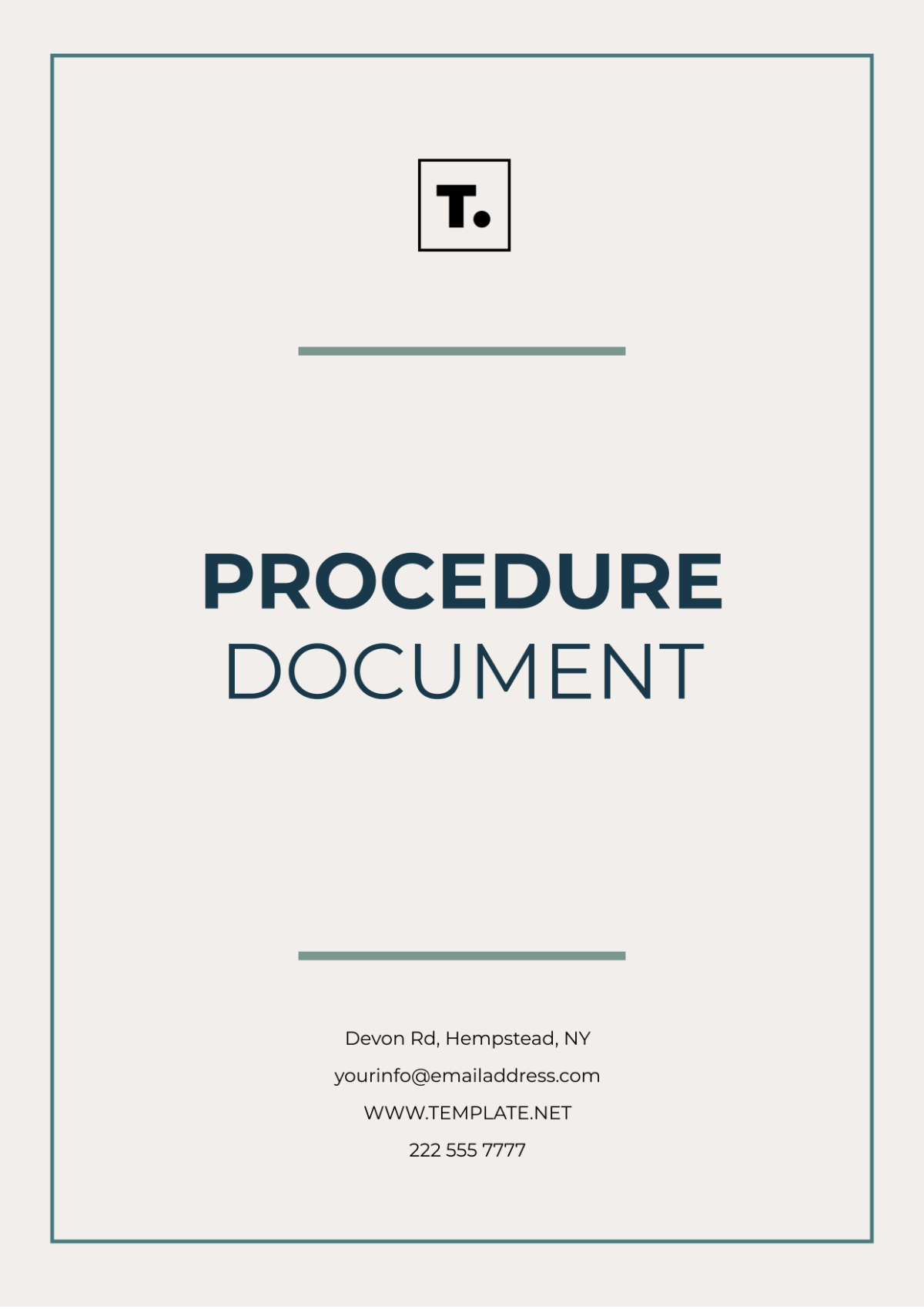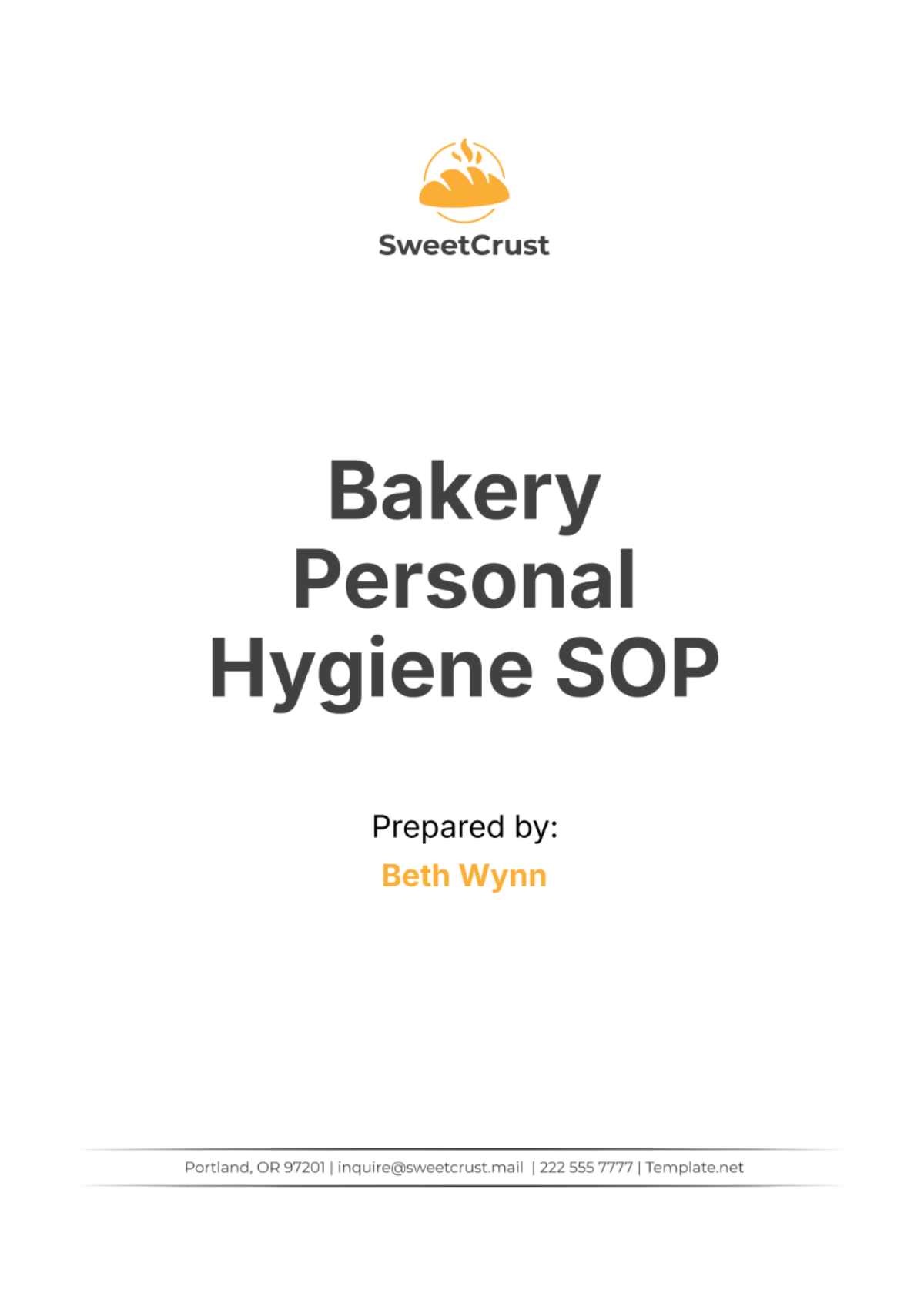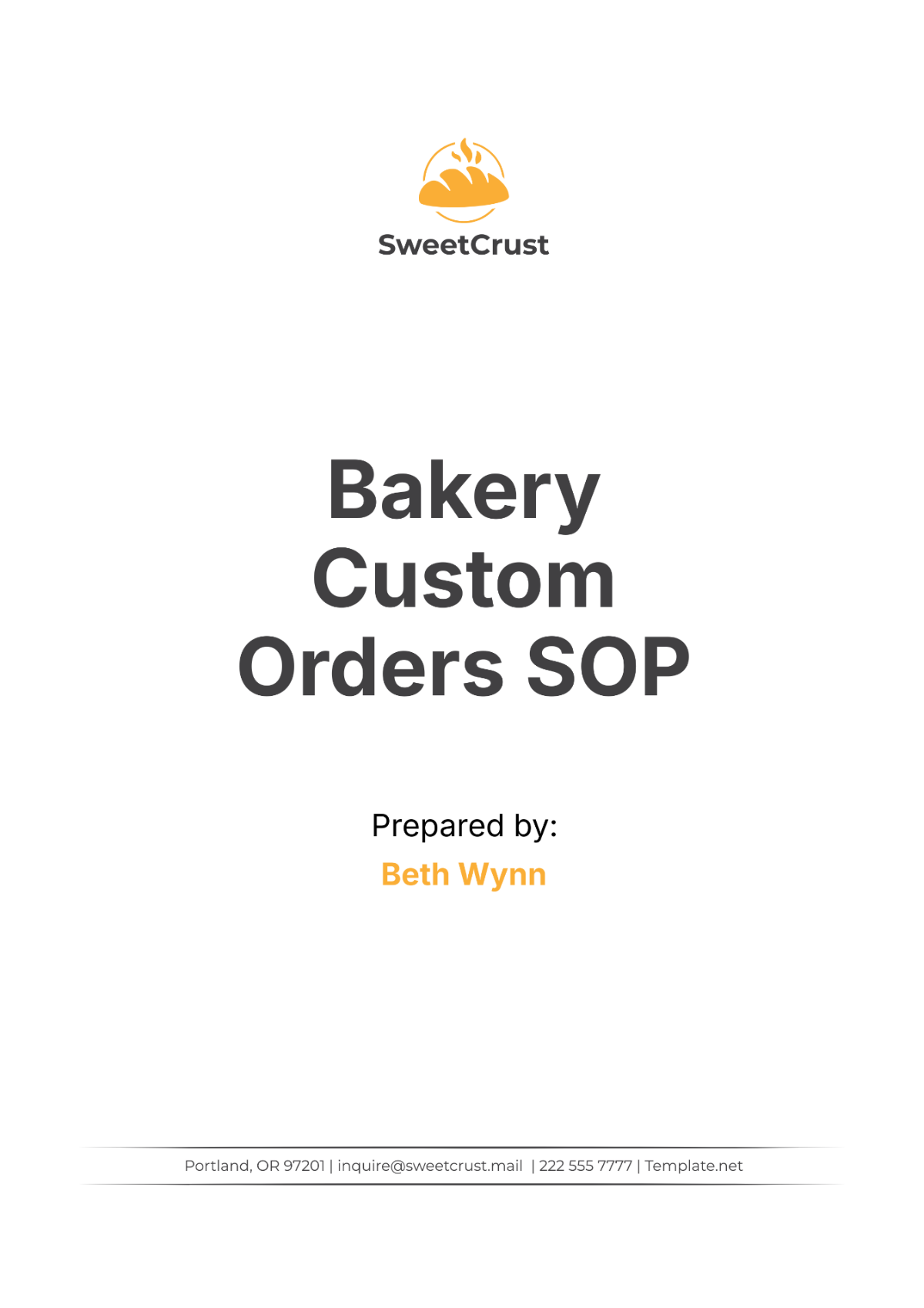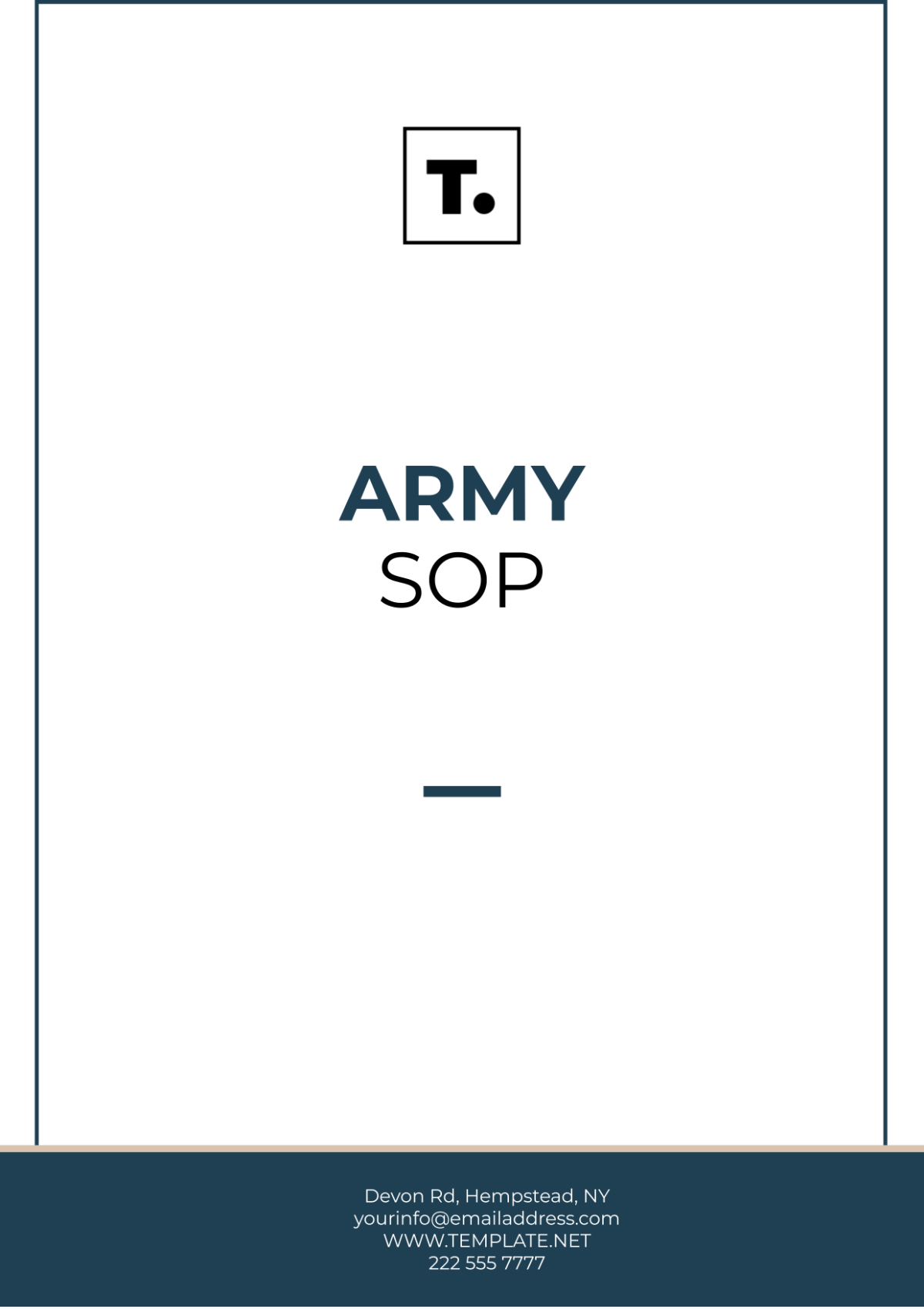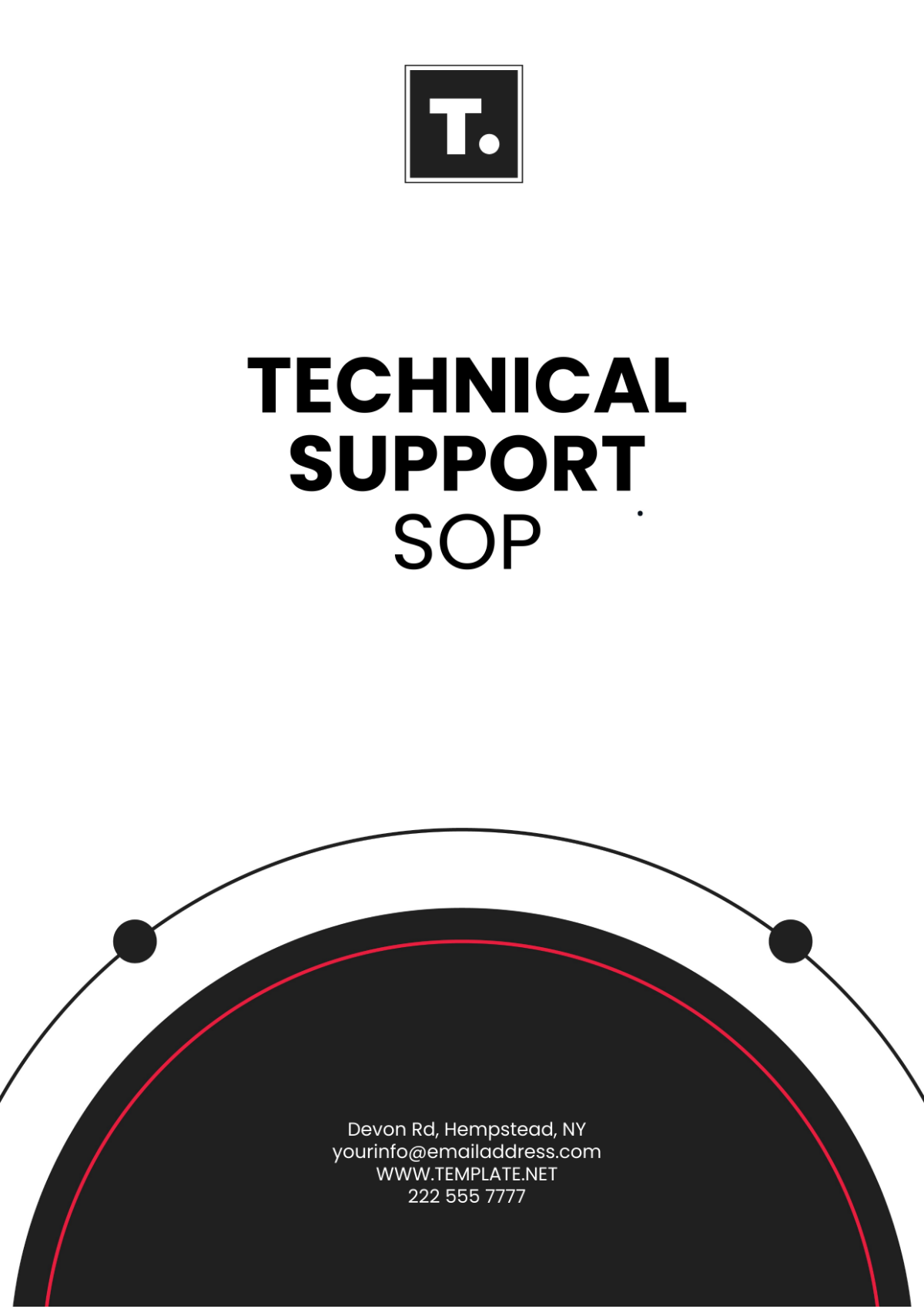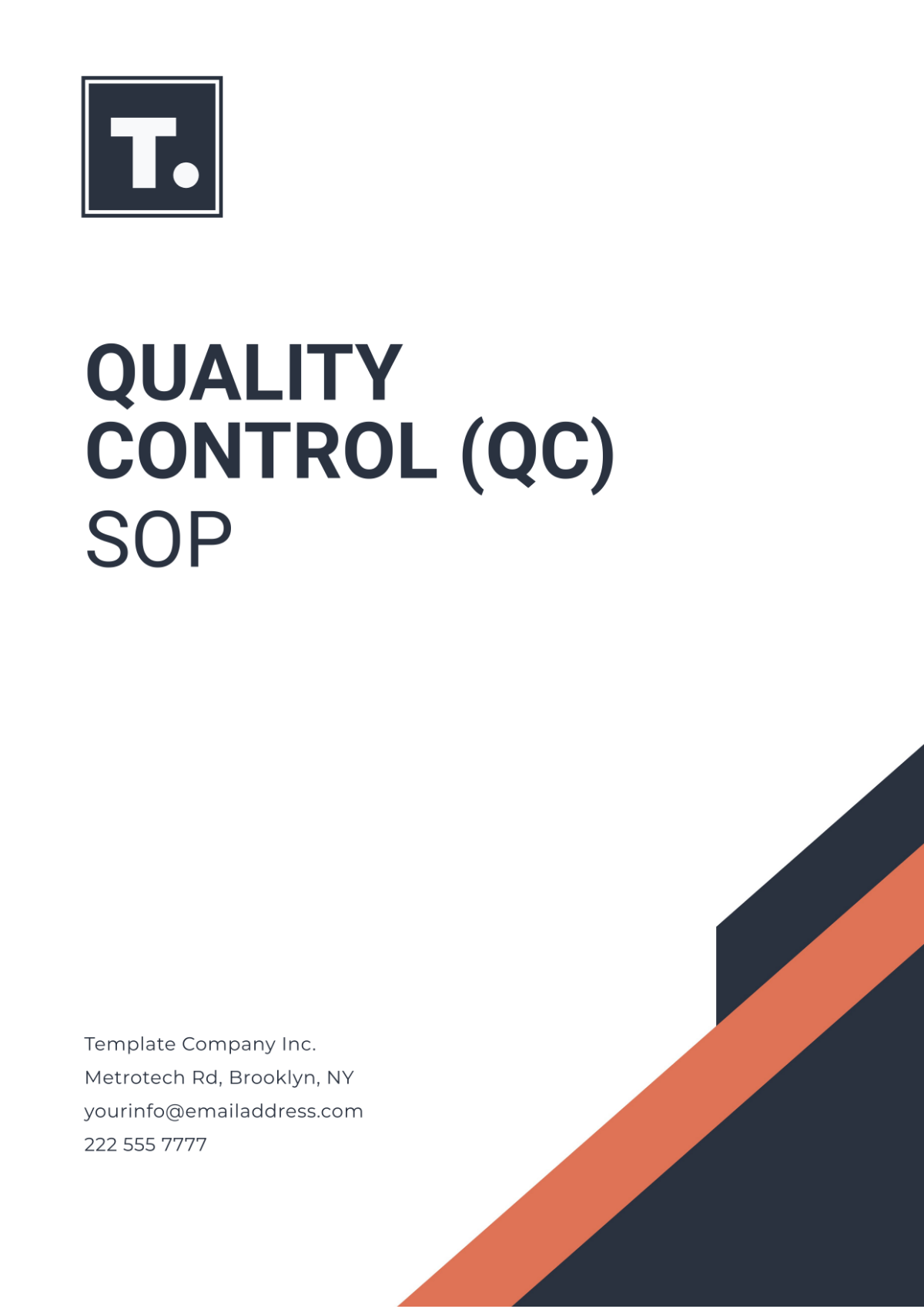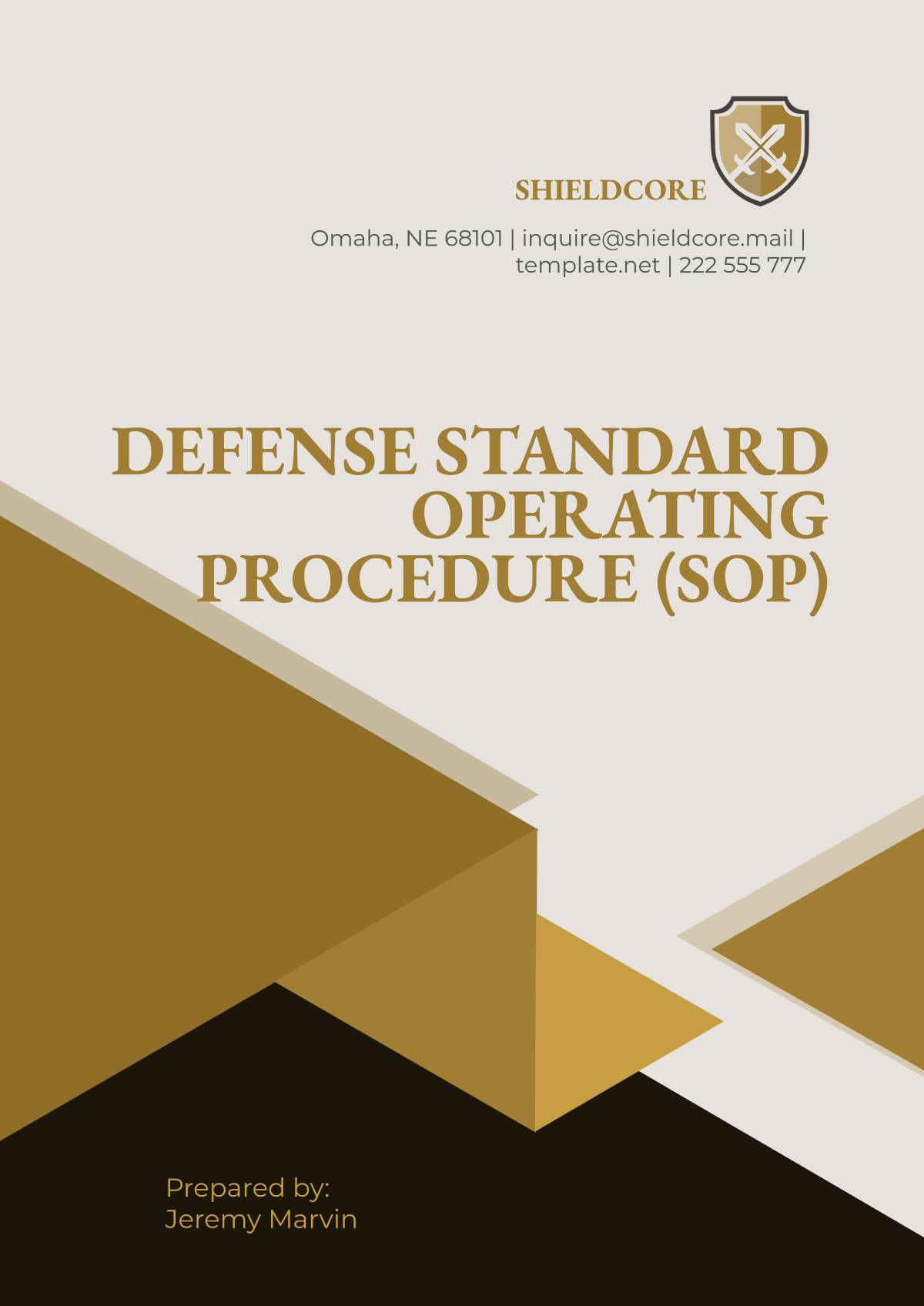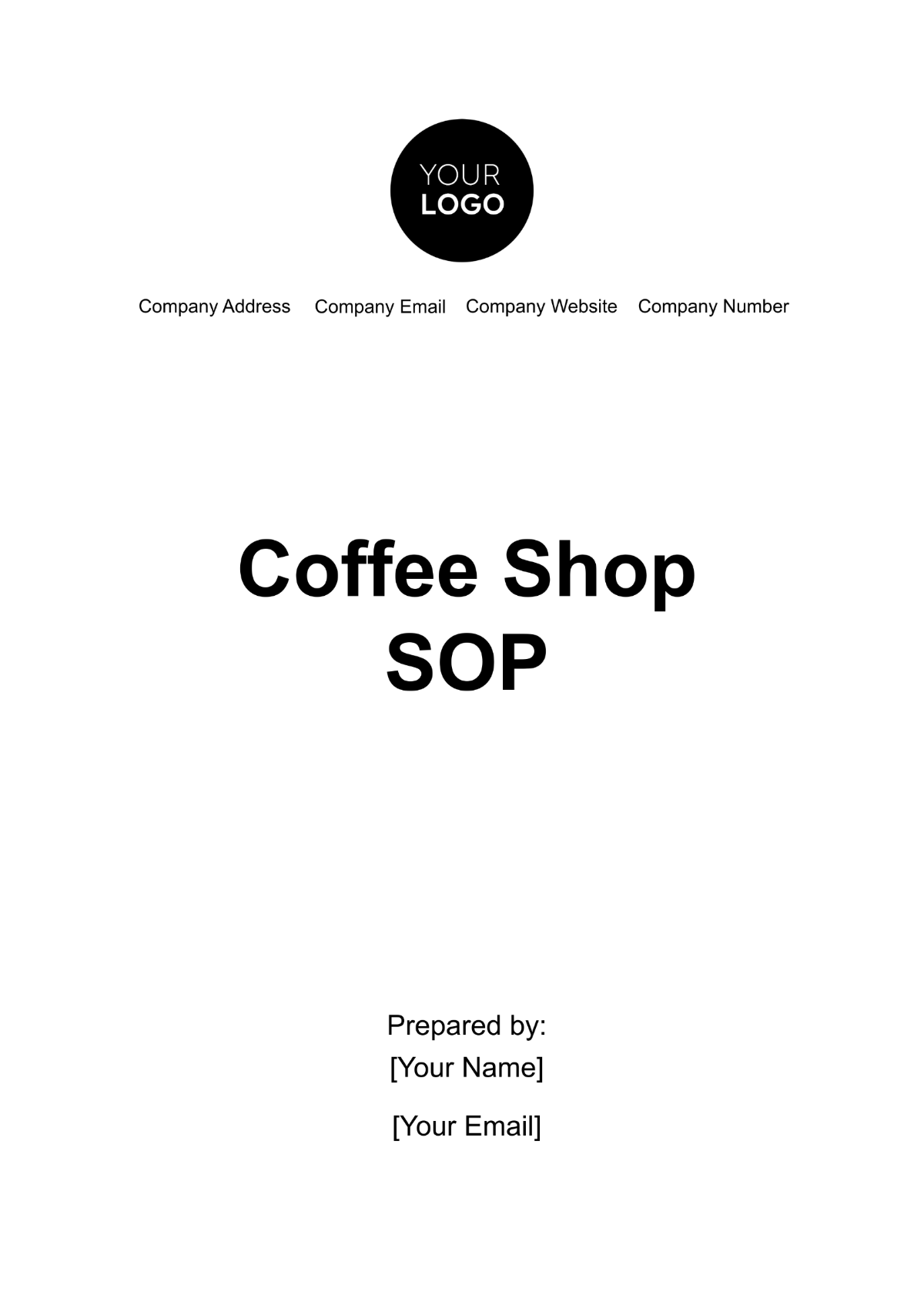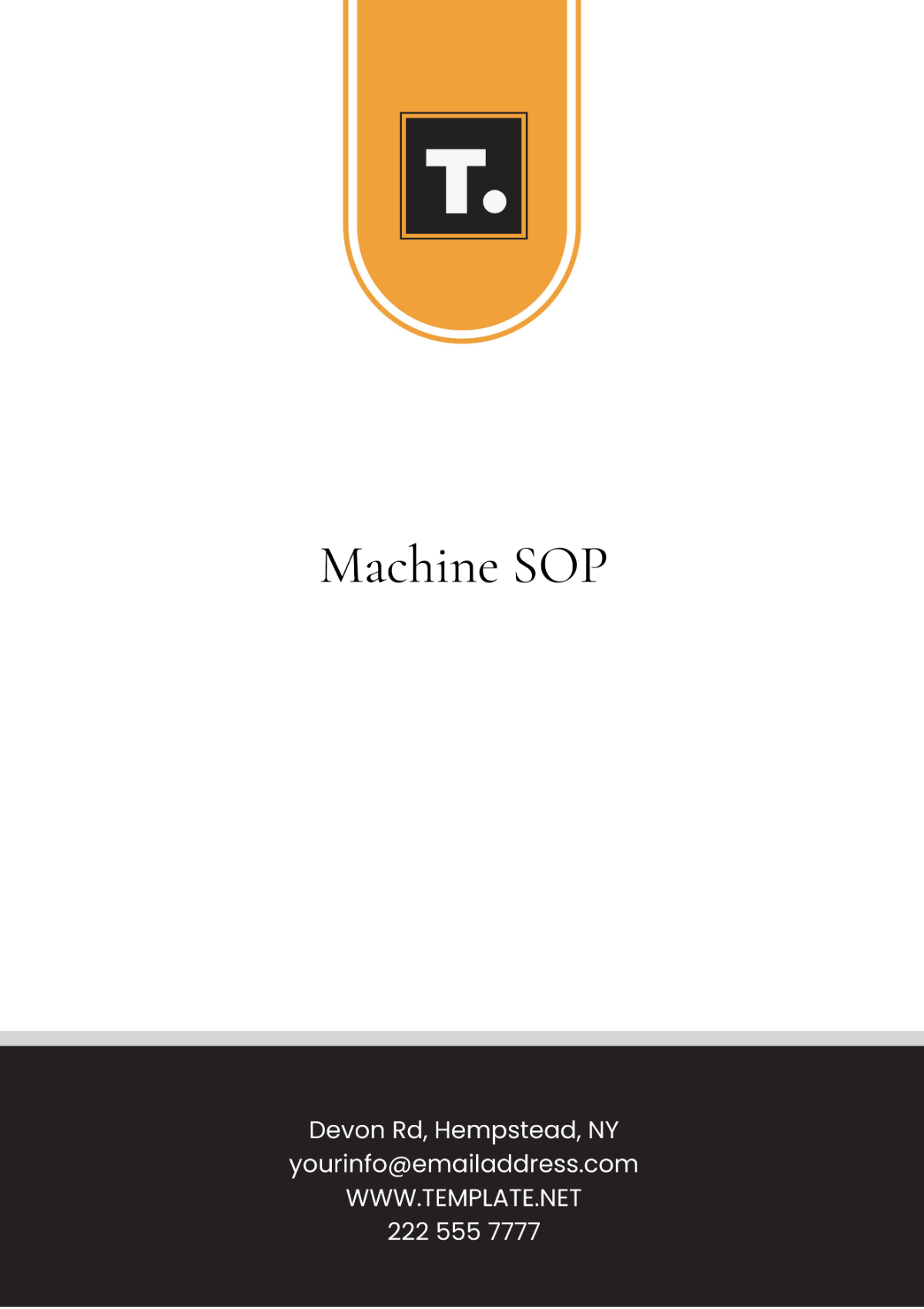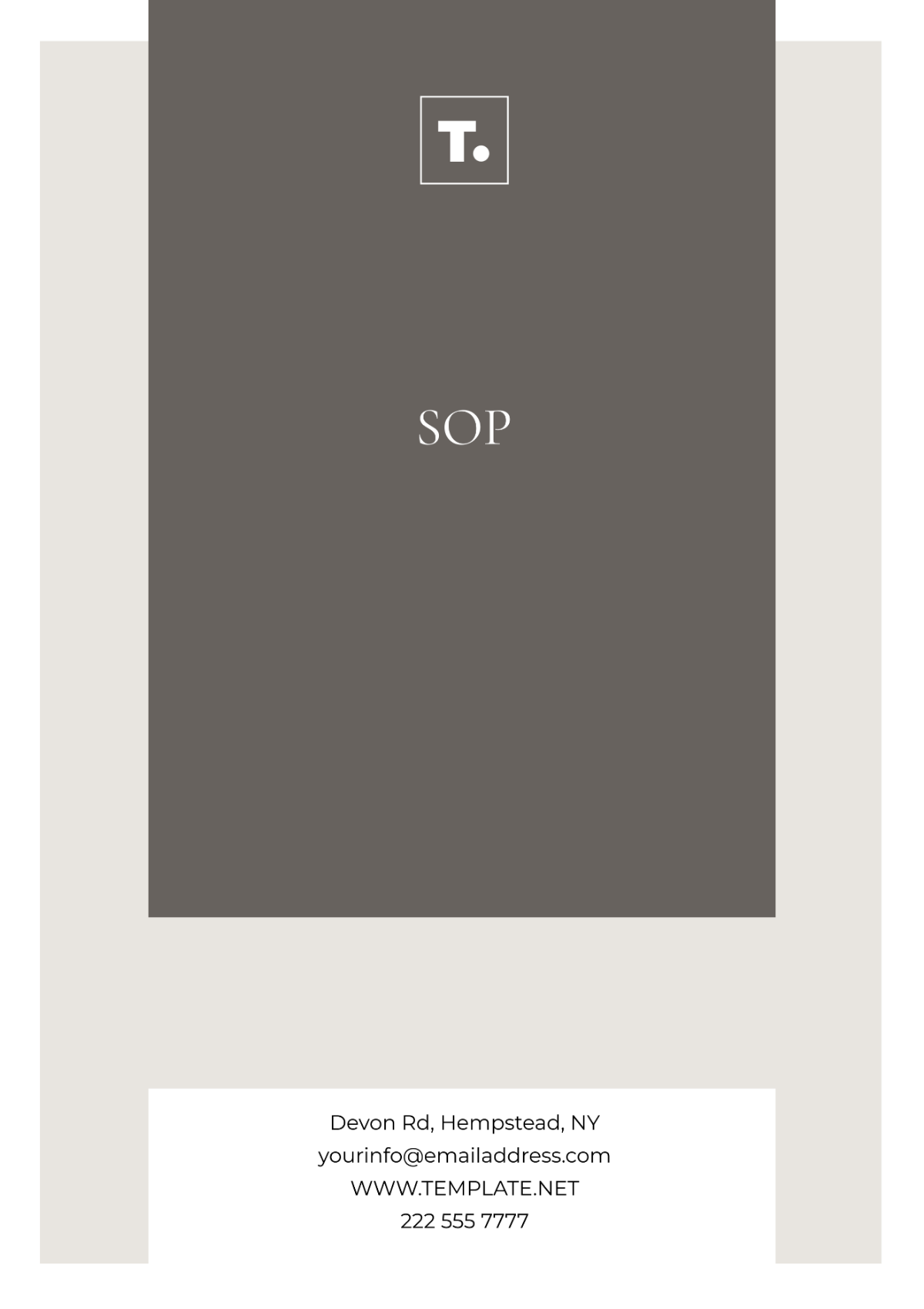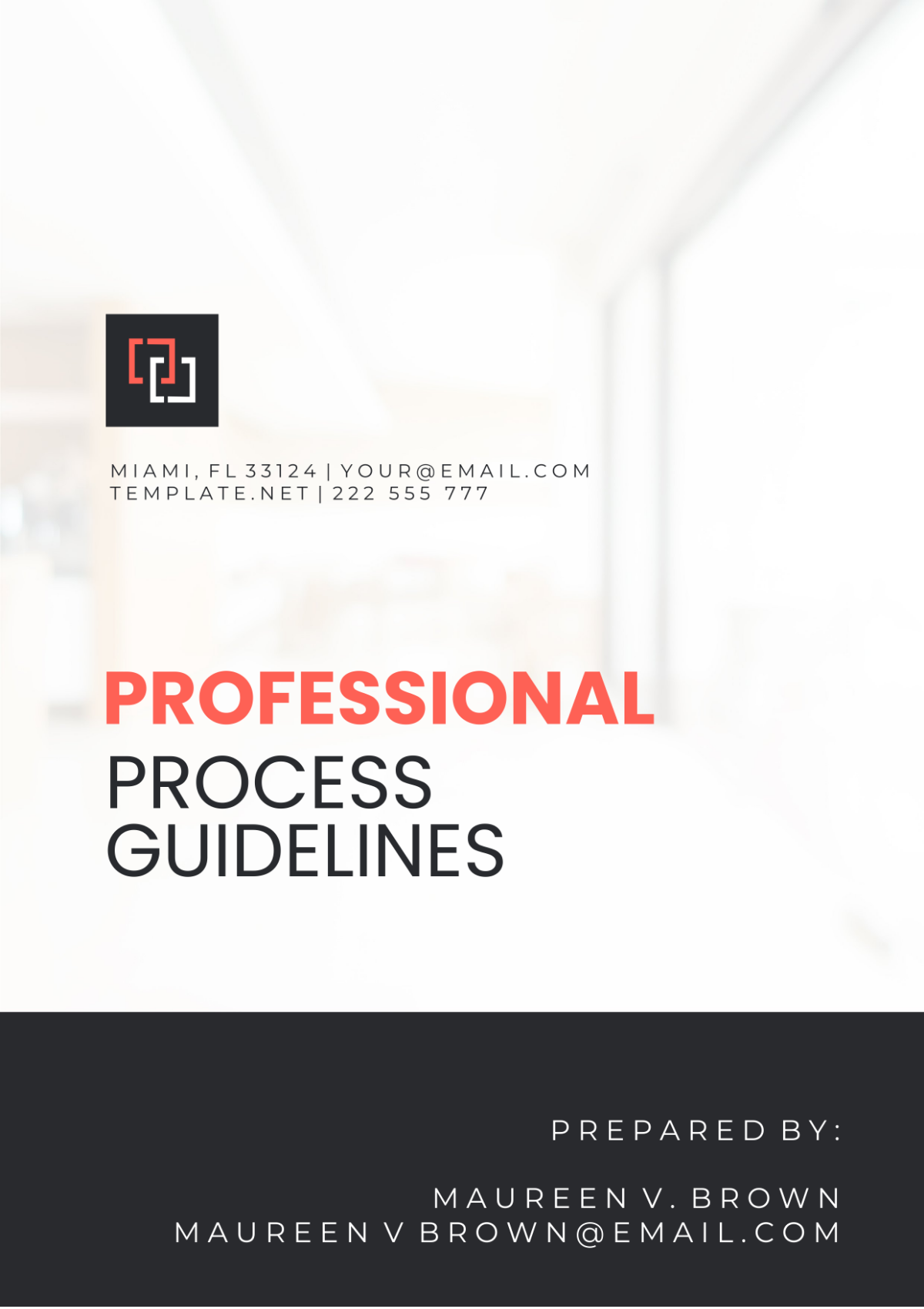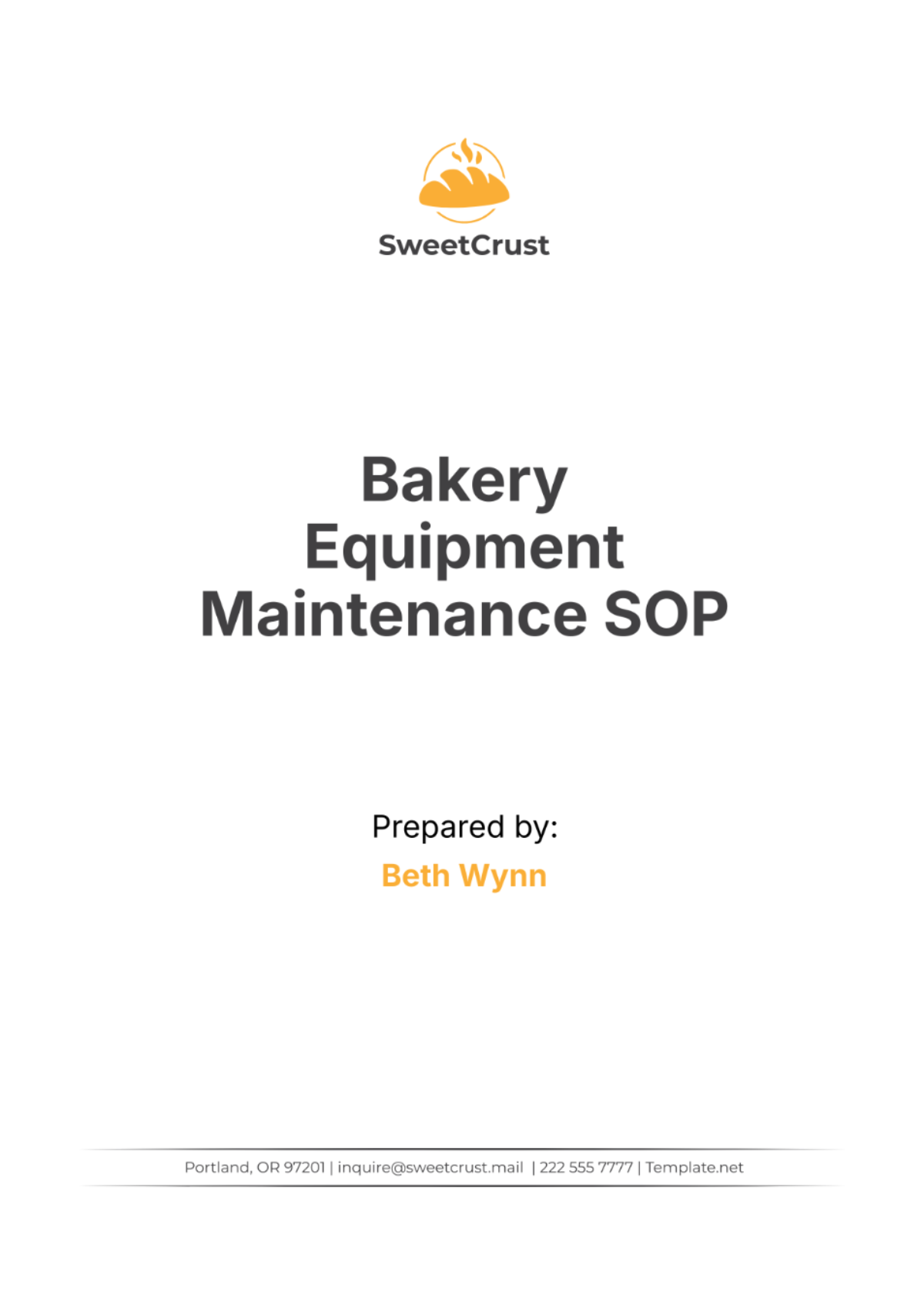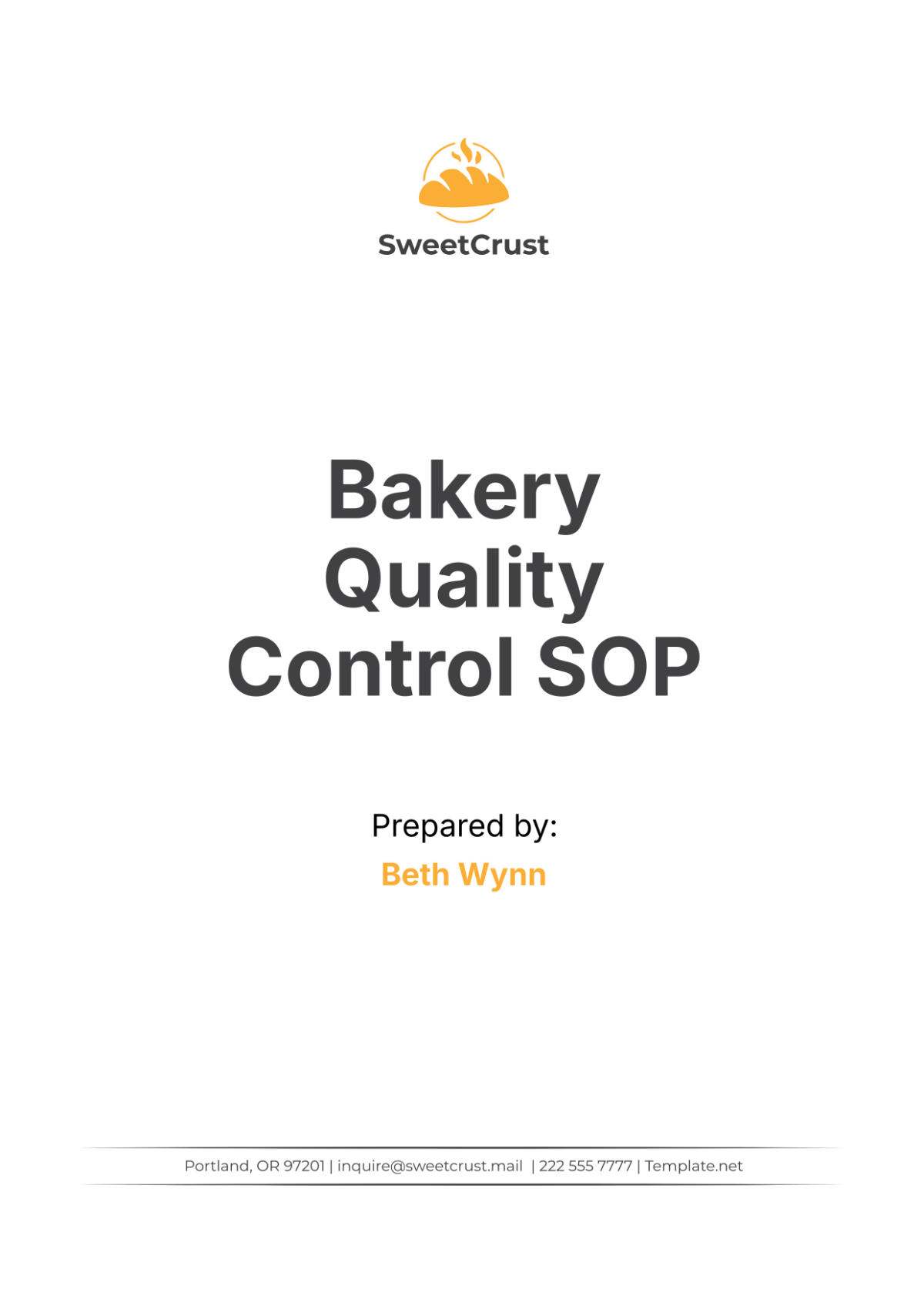Machine SOP
1. Purpose
The purpose of this SOP is to ensure the safe and efficient operation of the CNC milling machine. This document outlines the procedures for setup, operation, maintenance, and safety to ensure high-quality production and prevent accidents.
2. Scope
This SOP applies to all operators and maintenance personnel responsible for the CNC milling machine within [Your Company Name]. It covers the steps from machine setup to routine maintenance.
3. Responsibilities
Machine Operators: Ensure the machine is operated according to the procedures outlined in this SOP.
Maintenance Personnel: Perform routine and preventive maintenance as specified in the SOP.
Safety Officer: Oversee compliance with safety regulations and conduct regular audits.
4. Materials and Equipment
CNC Milling Machine
Cutting Tools (End mills, drills, etc.)
Workpieces
Tooling and Fixtures
Personal Protective Equipment (PPE)
Measurement Instruments (Calipers, micrometers, etc.)
Machine Lubricants and Coolants
5. Safety Precautions
Always wear appropriate PPE, including safety glasses, gloves, and hearing protection.
Ensure that all guards and safety devices are in place and functional before operating the machine.
Do not operate the machine if you are not trained or authorized.
Keep the work area clean and free from obstructions.
Be aware of moving parts and avoid placing hands or other body parts near them.
Follow all lockout/tagout procedures during maintenance.
6. Procedure
6.1 Pre-Operation Checklist
Inspect Machine:
Check for any visible damage or wear.
Ensure that all guards and safety devices are properly installed.
Verify that the machine is clean and free of debris.
Verify Tooling:
Check that cutting tools are sharp and properly installed.
Ensure that tool holders and fixtures are secure.
Check Workpiece Setup:
Confirm that the workpiece is securely clamped in place.
Align the workpiece according to the machine’s coordinate system.
Verify Machine Settings:
Check and adjust machine parameters, including speed, feed rates, and cutting depths as per the job specifications.
Confirm that the correct program is loaded and verified.
6.2 Machine Operation
Startup:
Power on the machine and wait for the system to complete its initialization sequence.
Conduct a manual or automatic tool change if required.
Loading Program:
Load the CNC program into the machine’s control system.
Verify the program and check for any potential errors.
Performing a Dry Run:
Run the program without the workpiece to check for any potential issues.
Observe the machine’s movements and correct any programming errors.
Executing the Job:
Start the machining process.
Monitor the machine during operation and ensure it is running smoothly.
Adjust machine settings as necessary to maintain product quality.
Completion:
Once machining is complete, remove the finished workpiece.
Inspect the workpiece for adherence to specifications.
Clean the machine and work area.
6.3 Post-Operation Procedures
Shutdown:
Power off the machine following the standard shutdown procedure.
Remove all tools and materials from the machine.
Maintenance:
Perform routine maintenance tasks as outlined in the machine’s maintenance schedule.
Lubricate moving parts and check for wear and tear.
Documentation:
Complete any necessary documentation, including production logs and maintenance records.
7. Troubleshooting
Issue: Machine not starting.
Solution: Check the power supply and emergency stop button. Ensure the machine is properly connected and powered on.
Issue: Poor surface finish on workpiece.
Solution: Check tool sharpness and alignment. Verify machine parameters and adjust as needed.
Issue: Unusual noise during operation.
Solution: Stop the machine immediately and inspect for loose or damaged components.
8. References
CNC Milling Machine Manufacturer’s Manual
Workplace Safety Guidelines
Maintenance Schedule and Logs
9. Revision History
Version 1.0 - Initial release (August 27, 2055)
Version 1.1 - Updated safety precautions (October 15, 2055)
Version 1.2 - Added troubleshooting section (December 20, 2055)
Revised by: [Your Name]


